Fishing has been a vital source of sustenance in Scotland since the earliest of times.
The Moray coastline is no exception and over the centuries, dozens of small villages have grown around the firth to take advantage of its plentiful bounty. It was far from an easy life; fishermen were putting themselves in constant danger and too often paid a tragic price.
It’s no surprise then that these Moray fishing communities developed hardy characters and tight-knit communities, bonded by their origins and a shared way of life. These were tough people doing a tough job and if anybody got in their path, they soon found that out the hard way.
They may have been resilient, no-nonsense individuals, but these fisherfolk still adhered to strong superstitious beliefs. Facing the cruel whims of the sea meant that any feeling of control over the day’s outcome helped to put minds at ease. Each community had their own peculiar traditions, but a few were common right across Scotland.
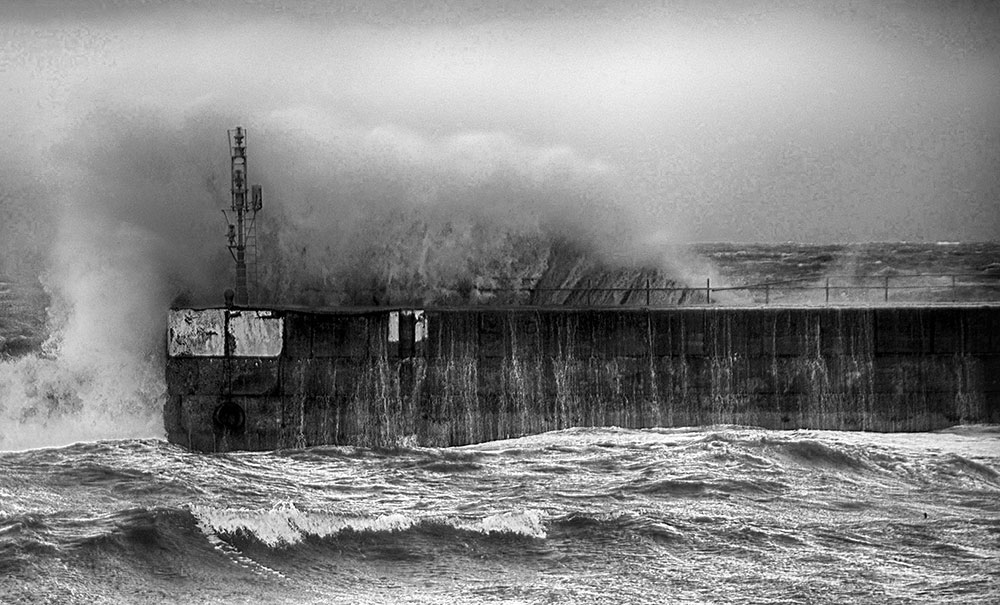
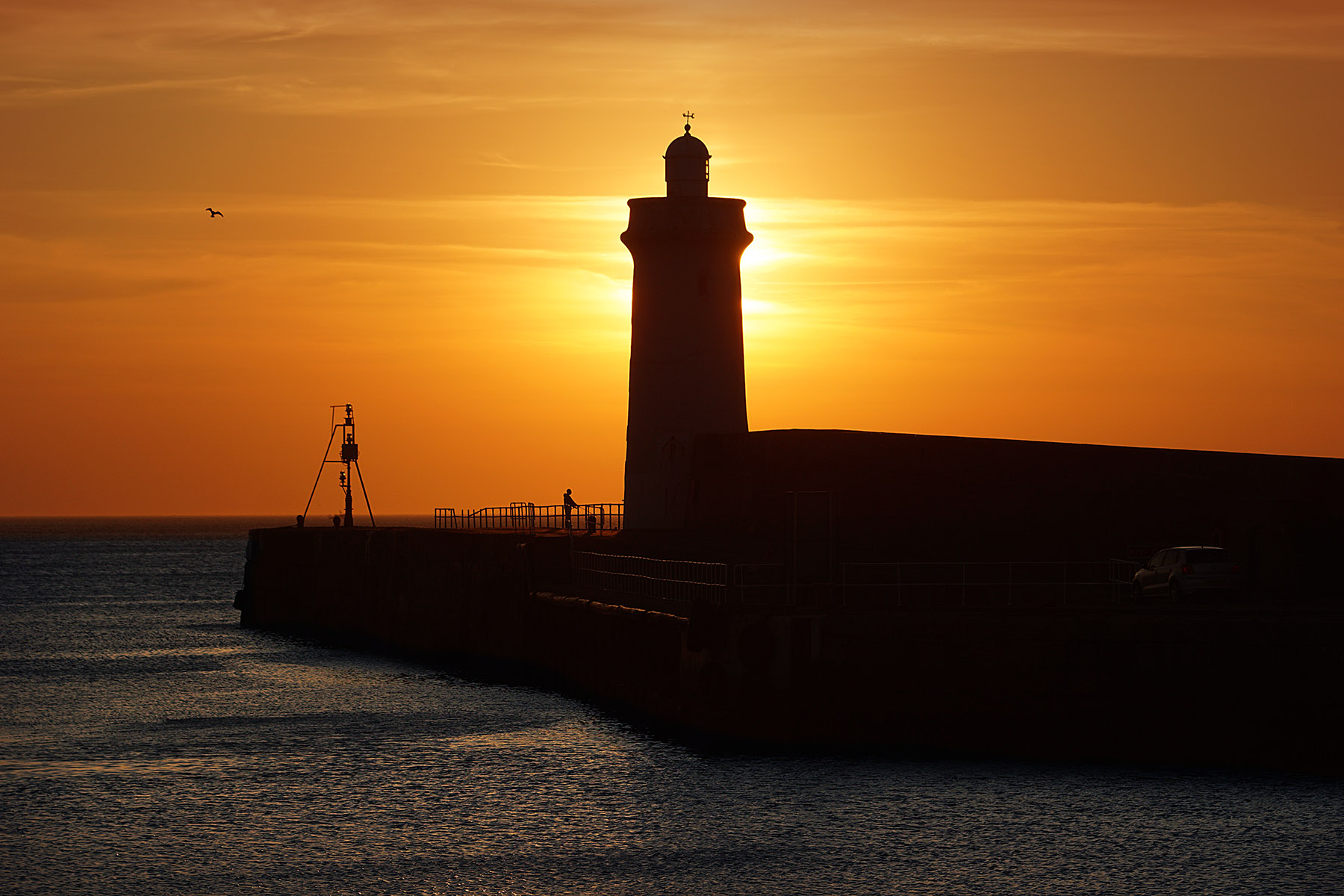

Passing a minister, a woman or even somebody with red hair was usually a sign not to risk fishing that day. No fisherman in their right mind would say the word salmon, rabbit or pig while at sea, replacing them with red-fish, bob-tail or curly-tail instead. For many, the closest thing to an antidote for these superstitions was to touch cold iron.
When it came to simple, physical threats, things were a little more straightforward. The fiercely loyal fishing communities would band together, close ranks and protect their own.
Shipping to Europe
In the mid-19th century, after several bad harvests, food was scarce in Scotland. Much of what was being grown wasn’t being distributed to those in need but shipped to continental Europe for profit instead. The starving people of the Moray coast were forced to stand by and watch as grain from the nearby fields sailed past in heavily laden ships.
When two of these vessels were moored at Kingston and unwilling to sell any cargo to the locals, they decided it was time to take matters into their own hands. Men from every village spread along the coast gathered in collective support, before marching together to demand the Duke’s Commissioner allow them to purchase the grain for a fair price.
Their reasonable request was denied.
Back in Kingston, the women took a more direct approach and gave the ship’s captain one last chance to allow them access to the grain. When he refused, the women simply picked him up and launched him into the sea. Soldiers soon arrived to break up the ensuing riot but were met with volleys of stones.
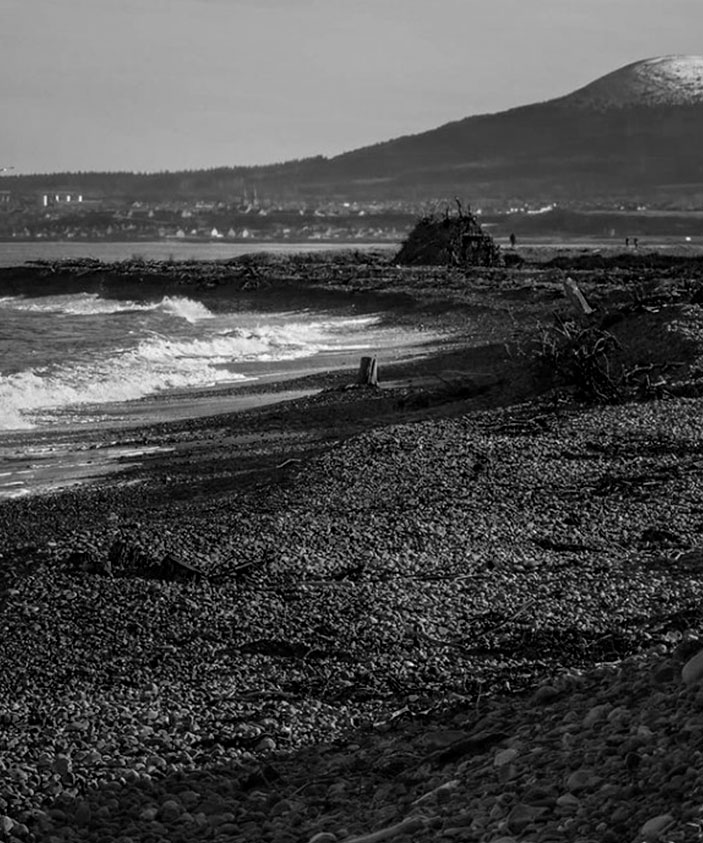
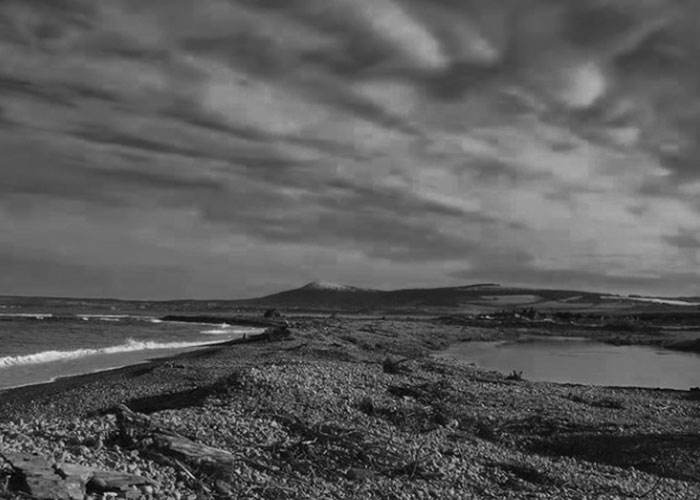
Eventually, after a severe beating by the fishwives of Moray, the soldiers turned on the ships instead, forcing them to sell enough of their cargo to restore order. The Battle of Kingston Beach was a resounding victory for the locals, but it seemed like the authorities hadn’t quite learned their lesson about confronting the Moray fishing communities.
Cullen Riots
In 1890, the threat of eviction was enough to cause another full-scale riot in Cullen. A Mrs Harthill had approached local law enforcement to remove her ex-daughter-in-law Mrs Mitchell from her home, but that didn’t sit well with the community.

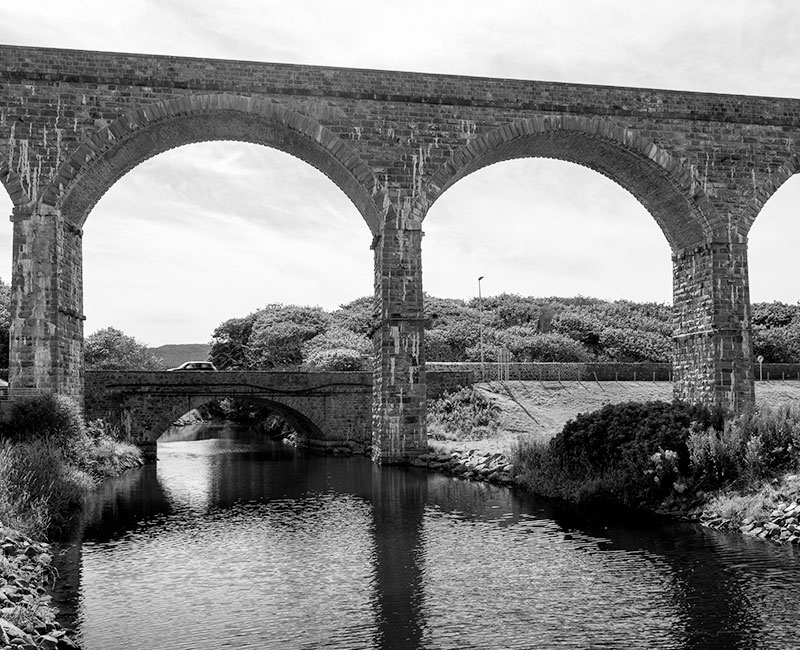

The force that arrived to evict the family soon found themselves facing an entire, riled-up community. As the sheriff’s men were removing furniture from the front door and piling it up, the locals were simply hauling it around the cottage and returning it through the back. Things began to get more threatening and the police were forced to retreat before the situation turned violent. The Cullen rioters later burned an effigy of Mrs Harthill in celebration.
The Sheriff decided to wait until a good fishing day, hoping that the men would all be offshore, before returning in force to try again. If he thought that facing down the fishwives of Moray would be an easier prospect, he soon found himself very much mistaken.

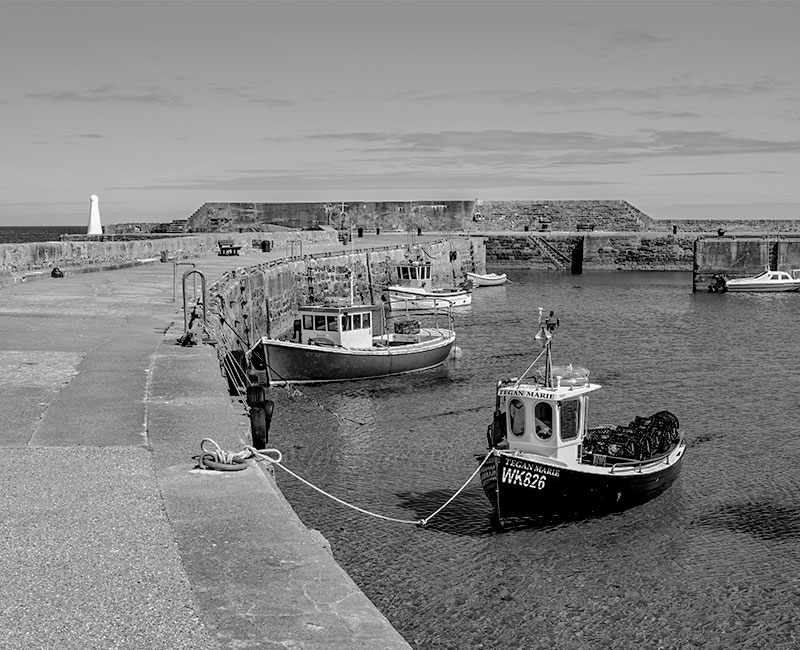
After the officers beat their way through the throng of angry women who had gathered in defiance, they found Mrs Mitchell securely barricaded inside her home. Their only option was to smash their way in through the window, but the first man who tried his luck was assailed with flying crockery. The next policeman was met with a swift metal bucket to the face.
Even with this stiff resistance and the constant pelting of officers with stones, soot and old fish, Mrs Mitchell was eventually apprehended. The authorities had achieved their goal, but the fisherfolk of Moray had made them work for it.
Disaster Strikes Again
Sadly, there were some things that no amount of community spirit could protect the fishermen from and in August 1848, a disaster would strike the Moray Coast that would change Scottish fishing forever. It was a calm afternoon promising a good catch on the east coast and hundreds of boats from all along the east coast set out to fill up with herring.
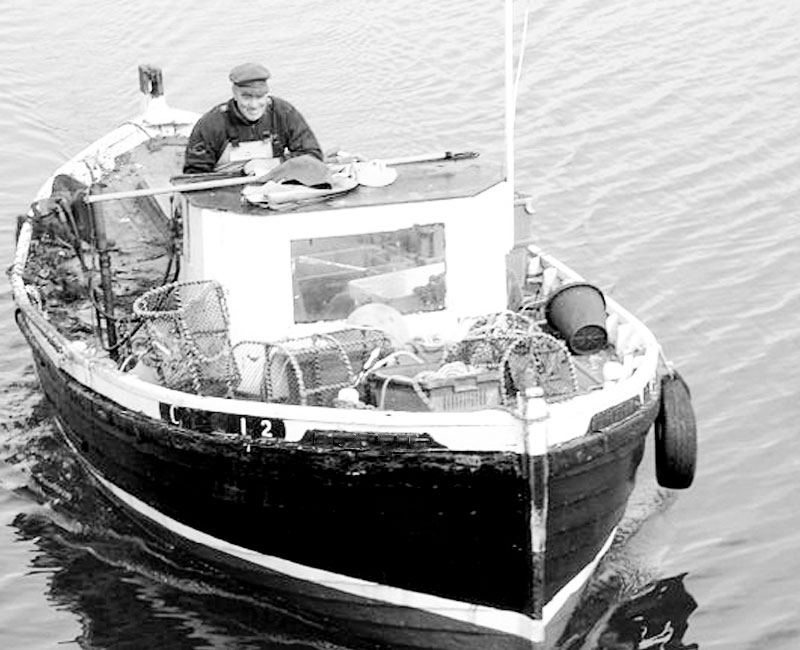
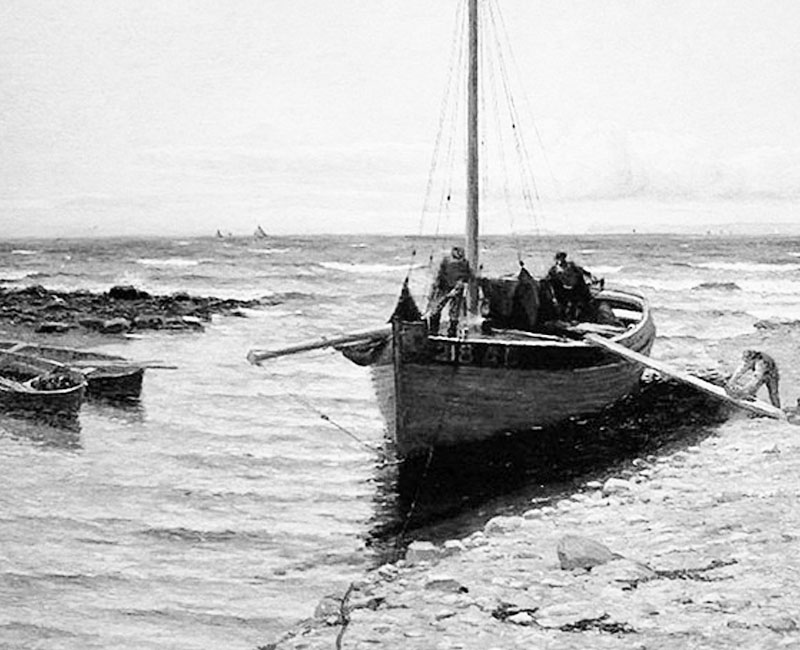
Fishing continued overnight, but even in the darkness, it was clear that the sea was becoming unhappier. As the wind grew stronger and the waves grew larger, most of the small vessels saw that it was time to cut and run. Hauling in their nets, they made for the closest safe harbour, but sadly they didn’t all make it home.
While their open-hulled vessels allowed for the maximum haul of fish, they also took on water far too easily. This dangerous design combined with a lack of suitable harbours along the coast led to the Moray Firth Fishing Disaster. In the rush to get to the safety of the harbour, 124 out of 800 boats and 100 lives were lost to the storm.
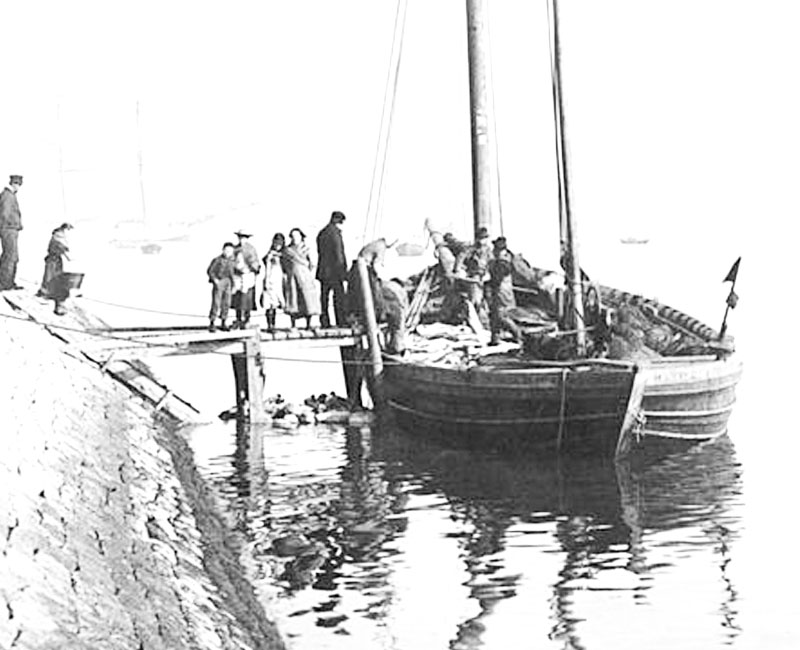
Life as a fisherman has never been easy and the dangers of the sea are still felt in modern times. Of course, things have improved over the years, but those tough characters and close bonds among fishing communities are as true today as they have always been.
